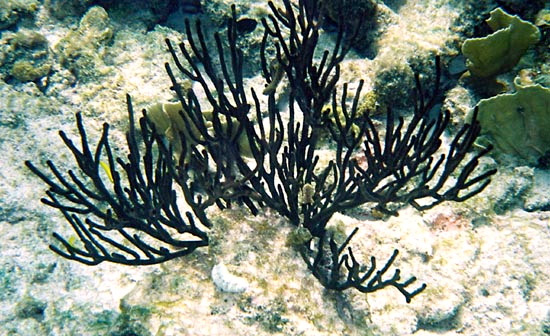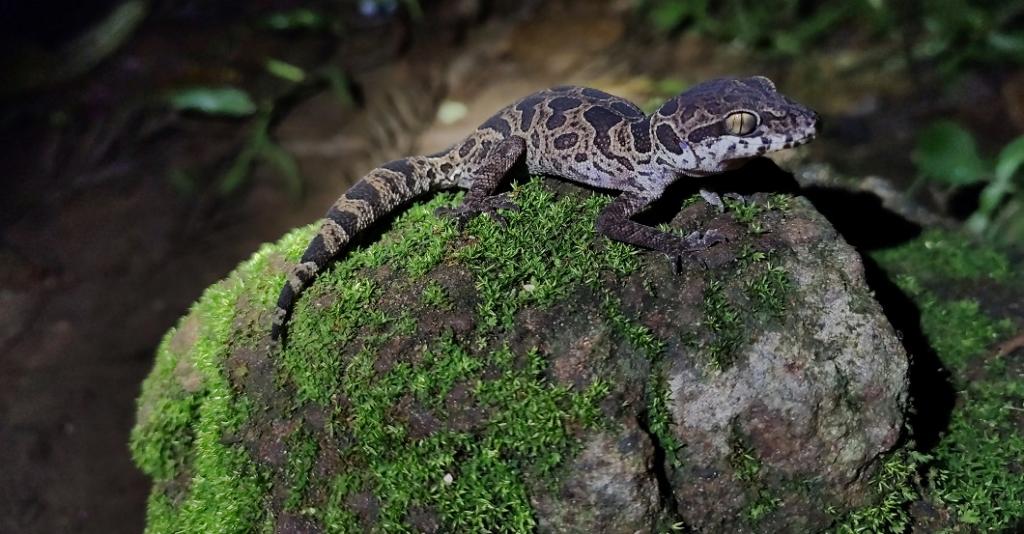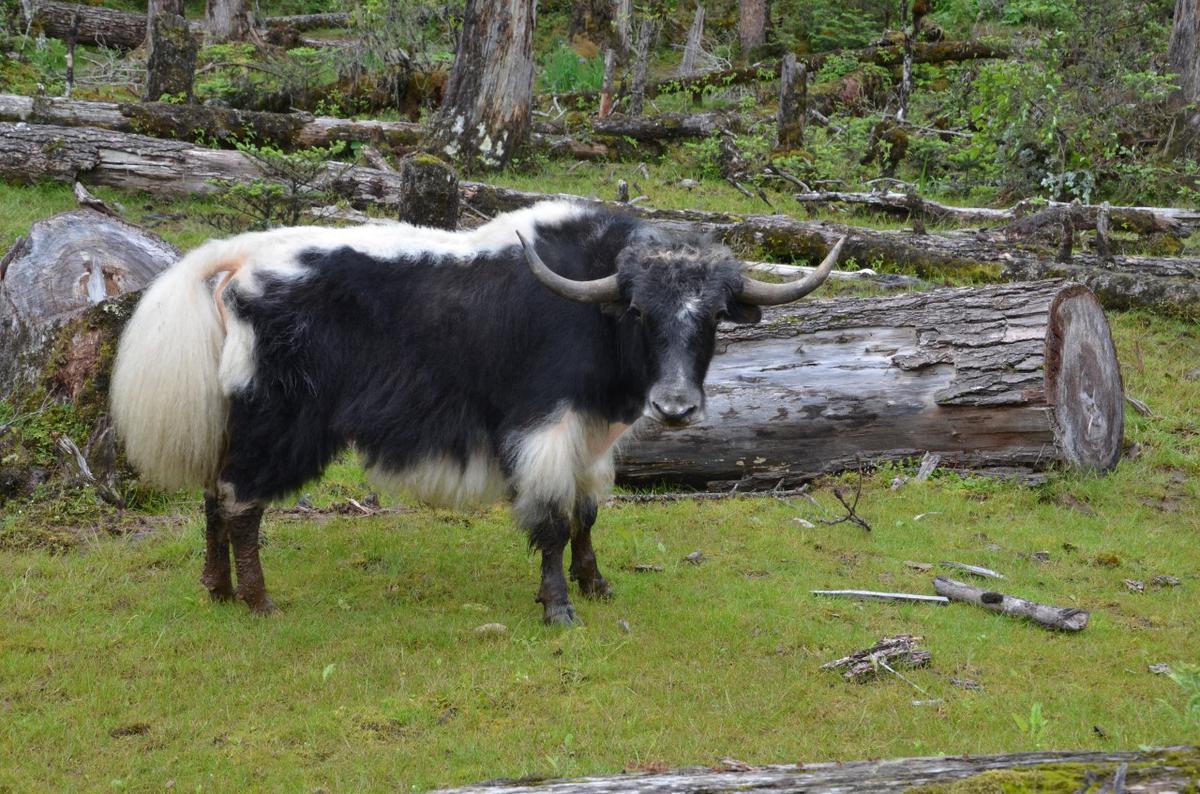Scientists discovered new species of black corals living thousands of feet below the ocean surface near the Great Barrier Reef.

The difference between colourful corals and black corals is that the former is an autotroph and the latter is a consumer.
Colourful corals live in shallow-water and rely on the sun and photosynthesis for energy.
|
|
Elastic Interaction (EI) - Only the direction of motion of the storms changes. It is the most common case. |
|
Partial Straining Out (PSO) - A part of the smaller storm is lost to the atmosphere. |
|
|
Complete Straining Out (CSO) – The smaller storm is completely lost to the atmosphere. |
|
|
Partial Merger (PM) - The smaller storm merges into the bigger one. |
|
|
Complete Merger (CM) - Takes places between two storms of similar strength. |
In 2020 hurricanes Marco and Laura had formed back to back in the small region of Gulf of Mexico and created a possibility of the Fujiwhara Effect.
India’s first-ever launch pad designed and operated by a private player set up at Sriharikota.
Vikram-S is India’s first ever privately built rocket and the maiden launch was carried under Mission Prarambh.
The Jeypore Ground Gecko has been included in Appendix II of CITES in 19th Conference of Parties (COP19) to CITES.

The Himalayan yak is given the ‘food animal’ tag by the scientific panel of Food Safety and Standard Authority of India (FSSAI).
Food Animals are those that are raised and used for food production or consumption by humans.
